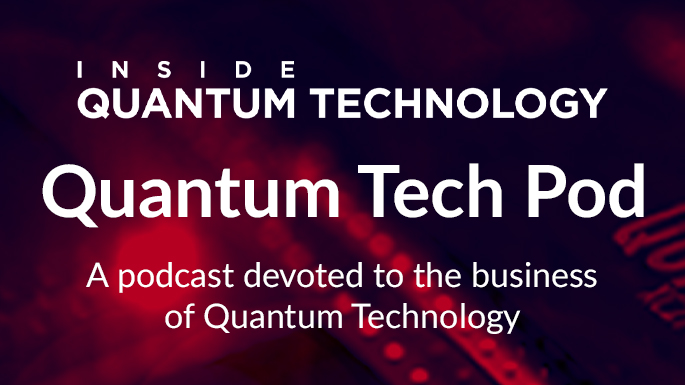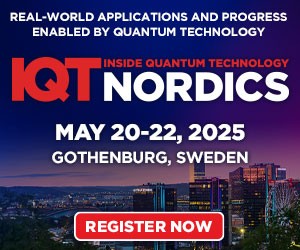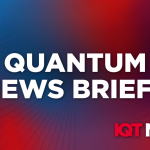Quantum Computing Technology Strengths

This article will note some of the strengths of four well developed quantum computing technologies. The four quantum computing technologies that will be discussed will be: superconducting, trapped ion, neutral atom and photonic. A variety of technology performance factors will be considered. Some factors may end up becoming more important than others over time. At this point in the development of quantum computers, it is impossible to determine which underlying technology will prove to be superior.
Superconducting

Superconducting processor unit, courtesy IBM
Superconducting quantum computer technology has several advantages. The most promising one may be speed of operation. While there are still challenges across the industry to achieve the needed quality and capacity requirements, in the end computation speed may be the most important distinguishing factor. Superconducting qubits can also be engineered to achieve specific performance goals. While there may be some trade-offs with this, many proponents believe this engineered ability could lead to significant breakthroughs. Finally, the superconducting ecosystem is also behind the most popular software development environments for quantum computing algorithms. While these software development environments seek to be technology neutral, their heritage comes from a super-conducting background with other technologies needing to cross compile or use unique SWDEs which may require code to be re-written.
Trapped Ion
 Trapped Ion processing unit, courtesy of Quantinuum
Trapped Ion processing unit, courtesy of Quantinuum
Trapped Ion technology brings its own unique set of advantages to quantum computing and at this moment is clearly leading in some areas. The quality of operation of each qubit has currently reached 99.9% fidelity for two qubit gate operations. Higher fidelity gate operations reduce the need for error correction. In addition, trapped ion quantum computers also have the advantage of being able to operate at room temperature. This dramatically reduces the facility overhead required to implement cryogenic cooling and bodes well as quantum computers scale in size, capacity and power. Finally, the qubit coherence times for trapped ion also appear to be the longest industry. Quantum computations are a function of both coherence time as well as gate speeds so the overall ratio of these two factors is also important.
Neutral Atom

Neutral Atom processing unit, courtesy QuEra
Neutral atom quantum computers also have their own set of significant merits. The density in which neutral atoms qubits can be placed next to each other is unrivalled. Since neutral atom qubits do not have a charge to them, they can be placed very close together. The qubit counts for neutral atom computers are very high. As the quantum computing industry strives to achieve computers with one million qubits, qubit density will be extremely important. In addition, neutral atom qubits are extremely uniform, so complex calibrations are not needed to achieve uniform qubit operation. While this advantage is somewhat shared with trapped ion, neutral atoms do not have as stringent isolation requirements and are potentially less subject to crosstalk and interference issues. In addition, neutral atom computing benefits from connectivity between all their qubits in all-to-all array fashion. Qubit connectivity is extremely powerful in enabling complex calculations at high speed. While shuttling qubits to achieve connectivity has some trade-offs, the computational advantages achieved are usually well worth it. Neutral atom quantum computers also allow room temperature operation and have competitive gate fidelities and coherence times. The overall package of benefits for neutral atom computing is strong.
Photonic
 Photonic processing unit, courtesy PsiQuantum
Photonic processing unit, courtesy PsiQuantum
Photonic based quantum computing technology also holds tremendous promise. It has the advantage of being able to fabricate all its quantum processing units using standard semi-conductor processes. As advances in semiconductor processes continue, photonic quantum computing platforms will benefit from the improvements. Another key advantage of the photonic quantum computing approach is its ability to use standard telecom optical networking to communicate between processing modules. There is also some evidence that quantum entanglement can occur over these optical networking connections which would be a breakthrough beyond just having the optical communications capability between modules. Photonic quantum computing also has the same all-to-all connectivity capability of neutral atom which as previously noted brings significant computational advantages.
There are also new qubit technologies under development that have the potential to achieve a breakthrough, including liquid helium, topological, silicon spin photonic qubits and more. Investment and developments in these areas will also be significant.
Keysight Technologies works with all companies in the quantum industry to help them be successful with their quantum projects. Keysight has products and solutions that create value along the entire project workflow: design, system calibration, device characterization, semiconductor testing, noise analysis and more – all the way to product deployment. The above-mentioned technologies hold significant promise and are each progressing at a rapid pace.
SPONSORED ARTICLE; author Lon Hintze



















